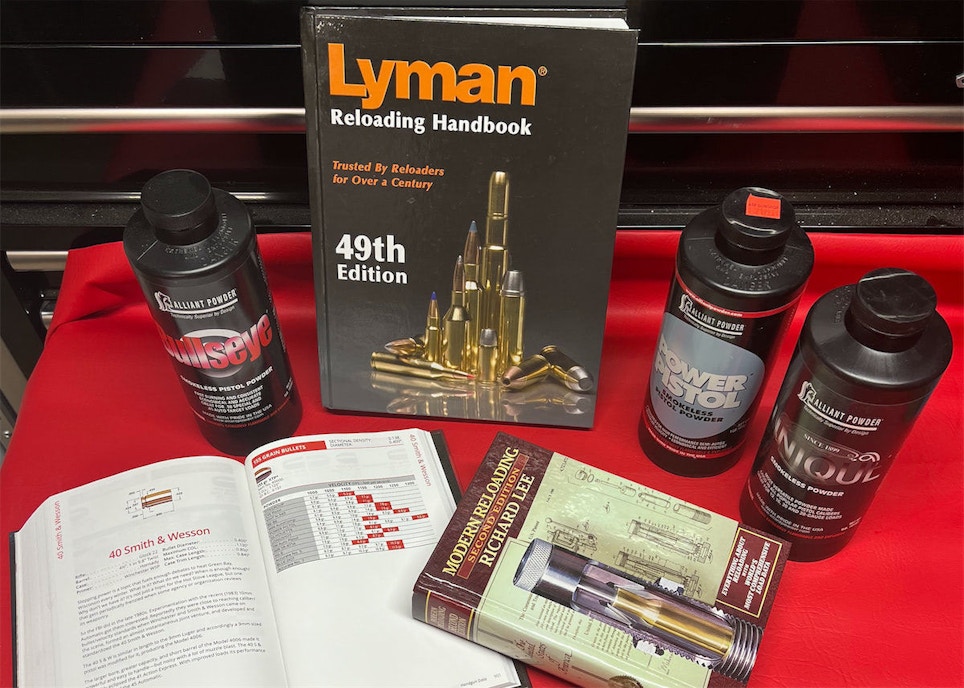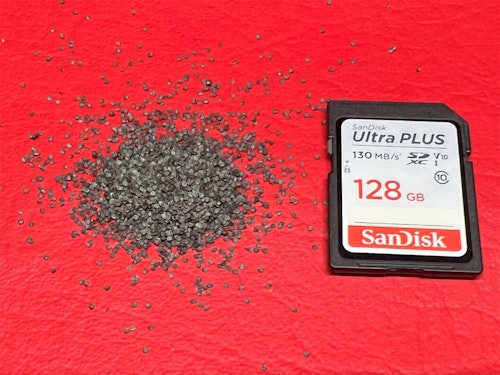Gunpowder is generally believed to have originated in China sometime around the 9th or 10th century and was initially formulated by Taoist monks for medicinal purposes. It is easily one of the most significant discoveries in history.
Today, the original formulas have mostly been replaced by smokeless powders, which are more powerful, consistent, and don’t have the drawbacks associated with blackpowder. When your customers begin asking questions, are you prepared to answer them? Let’s look at some of the interesting facts that may inform and entertain your customers.
Originally known simply as gunpowder, it inherited the name “blackpowder” to distinguish it from modern smokeless powders. Gunpowder consisted of three mixed ingredients — saltpeter (potassium nitrate), sulfur and charcoal (carbon). It’s a simple mixture and served for centuries before being replaced by smokeless powders in the late 19th century.
Blackpowder
All blackpowder comprises these three ingredients (or closely related substitutes based on availability). The proportions vary based on whose formula is followed, but the results are essentially the same for all of them. There are different grades of blackpowder based on how coarse or fine it is. Each grade has specific uses. More refined grains make its use in smaller arms (pistols) possible, while the progressively larger grains are used for longer barreled arms.
Smokeless Powders
Modern propellants are night and day different from blackpowder, and they cannot be interchanged for each other or mixed. Smokeless powders eliminated most of the negative issues associated with blackpowder:
- It is hygroscopic – it absorbs moisture from the atmosphere and is ineffective when wet, thus the phrase “keep your powder dry.”
- It is very inconsistent due to the separation of components, formulations used, the quality of its ingredients, and other factors. It is, therefore, much less accurate.
- Its energy output is relatively low, thus producing less velocity.
- Less than half of it turns to gas when ignited. The majority of its components are converted to smoke and solids that are expelled.
- It leaves heavy soot in barrels necessitating frequent cleaning.
- It’s highly corrosive on metal barrels, thus reducing barrel life.
- Its combustion produces toxic gases that are harmful if inhaled for extended times.
Choosing a Powder
Smokeless powders can be produced in astonishing varieties for use in different weapons and cartridges. Each manufacturer produces fast-burning powders, slow-burning powders, and a spectrum between the two. Each has its unique properties and makes the potential loads endless. The modern reloader can produce specific loads tailored to particular calibers and even individual guns.
When deciding which powder to use, you should always consult the manufacturer’s load listing for the caliber you’re loading. These are usually found printed on the container. Another great source of information comes from reloading manuals. All of these loads have been thoroughly tested for both safety and performance. The manuals are an indispensable source of information on powders, bullets and primers, and most even cover the basics of reloading for those new to the hobby.
Applications
Some powders can be used in different firearm types. Some powders can work in both pistols and shotguns. Rifles generally take a different powder type (slower-burning) to take advantage of the longer barrel lengths to build up pressure for higher velocities. While there may be one powder that can be used for all three, the resulting loads are not likely to be optimum in all three applications.
Preventing Errors
Care must be taken to prevent errors in the loading process. Many powders look the same as others, with vastly different burn characteristics. If in doubt, do not use it. Low-pressure loads may cause bullets to get stuck in the barrel. Excessively high pressures can cause catastrophic failure in the gun and serious bodily injury to the shooter and those close by.
Proper Storage
Powders must always be stored in their original containers to prevent mix-ups. These should be kept in a cool, dry and dark place that is out of reach of unauthorized people for safety. If stored in this manner it can last for decades without decomposition.
Your Role
You’re the authority figure and are expected to provide accurate information to your customers. This is especially critical when talking about reloading components and equipment. I urge you to research the history of gunpowder. Many sources are both informative and highly entertaining as well. The more you know, the more items you’ll be able to sell to meet your customers’ needs.








